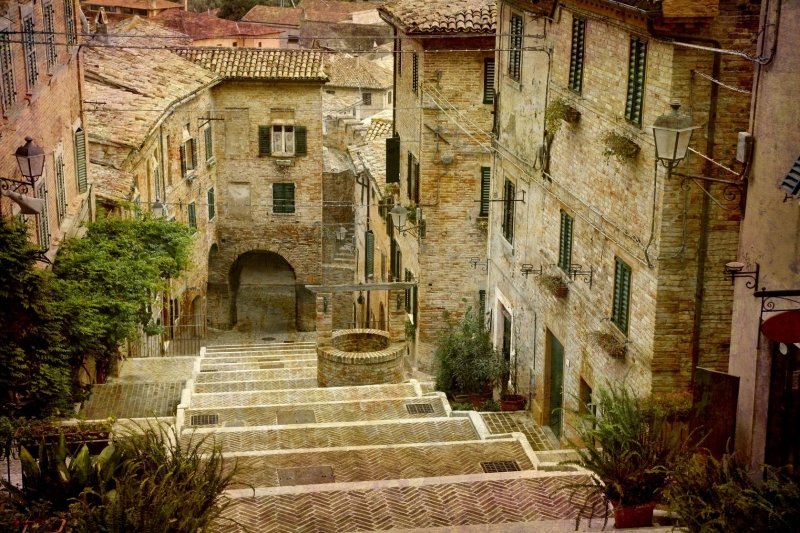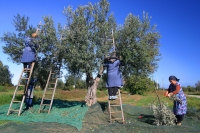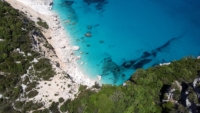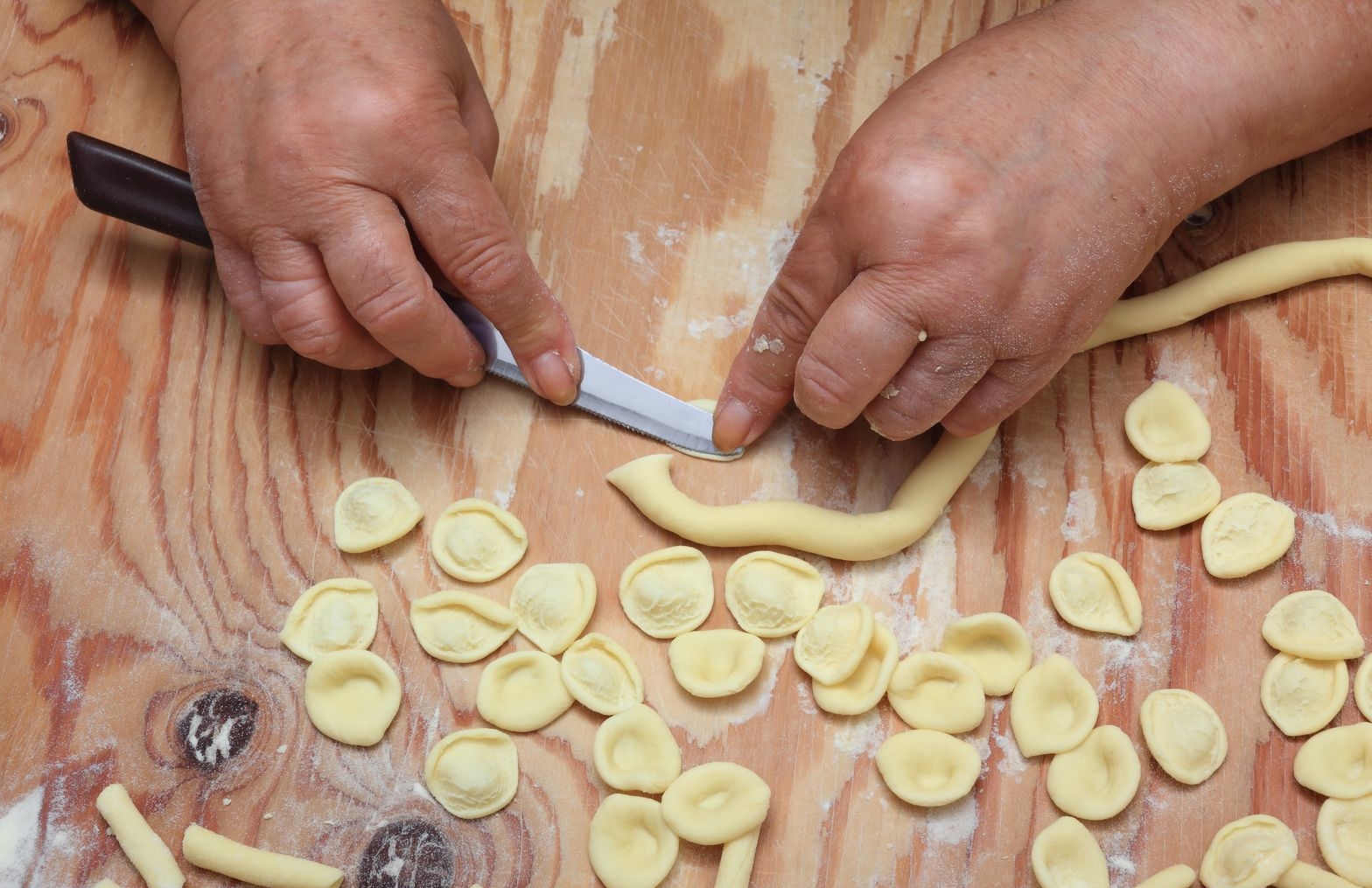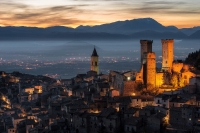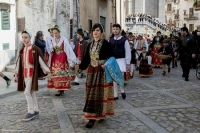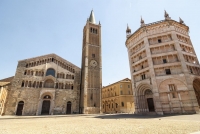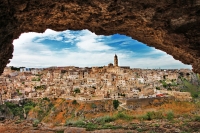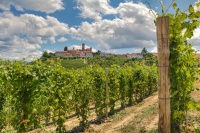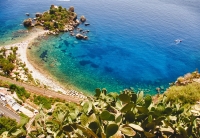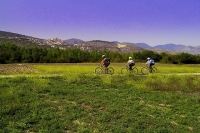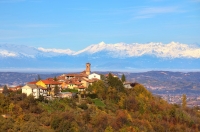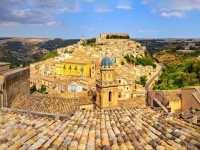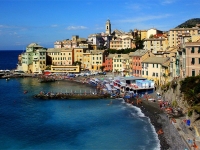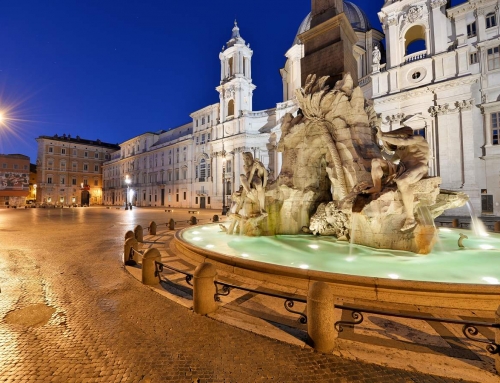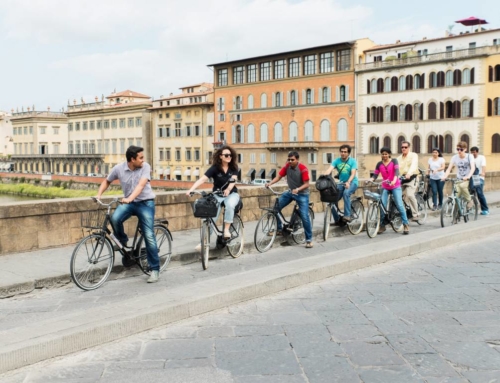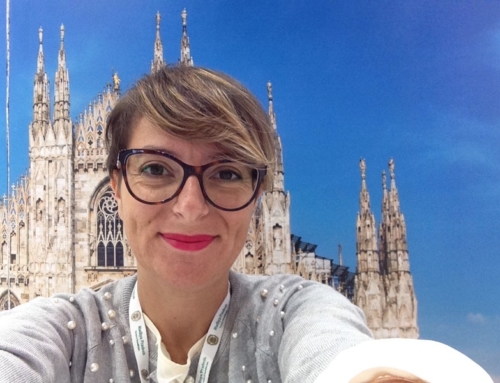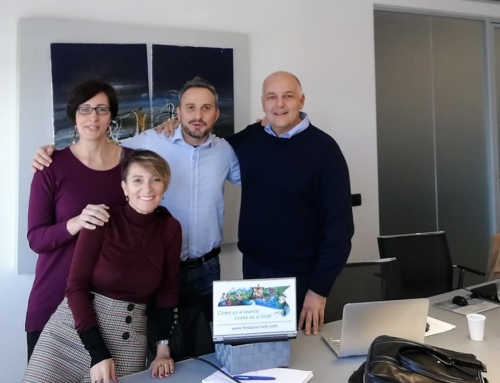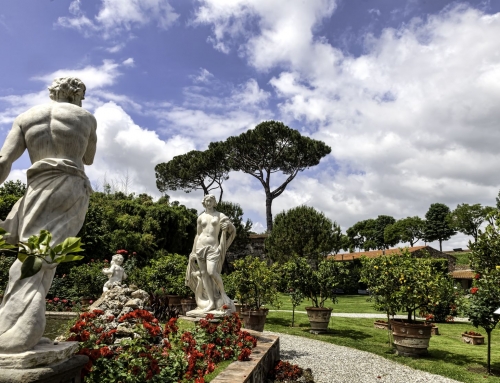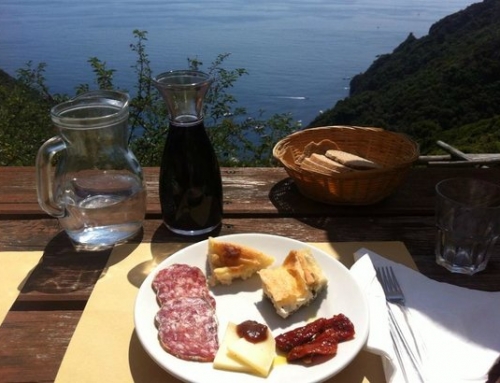Since the phenomenon of the Slow Food Movement that began in the 1980s, after Carlo Petrini lead a protest against a McDonald’s opening in the centre of Rome to protect Italian cuisine culture from being tainted by globalisation, there have been more and more initiatives added to the “Slow Movement”.
What to know about the movement
This movement and its many sub-branches are “seeking an alternative to the unsustainable trends of contemporary mainstream”, referring mostly to our rapid consumer society, suggests Lacková and Rogovská.
Slow Food was the catalyst for this movement, by fighting against the big corporations in order to protect local and organic food and maintain cultural traditions.
Since then other big initiatives have been Cittaslow, an organisation that attempts to resist globalisation in smaller towns, protect the environment and improve living standards.
So what is Slow Tourism in Italy?
Slow Tourism is now the big new trend within the Slow Movement. According to Hospitality News, 2019 will be the year of slow tourism. This form of tourism encourages travellers to visit the quieter and less popular parts of countries to offer more authentic and more sustainable ways of creating travel experiences, away from the masses. Slowtourism Italia explains it as “sustainable and responsible” while allowing tourists access to these place in order “to live and taste them while at the same time promoting their protection as patrimonies of inestimable worth”.
As the whole Slow Movement has its home in Italy, this country definitely has made itself the best country to showcase the success and desire to be the main player for slow tourism. The Cittaslow movement now has 236 towns as members with 87 of them being Italian. This number shows the readiness of many Italian towns who would want to take part in the new trend emerging in tourism.
New Projects of Slow Tourism in Italy
One project that has come from Mibact, The Ministry of Cultural Heritage and Activities and Tourism, is Cammini d’Italia and its Atlas of Paths. The mission of this project aims to attract travellers to the more rural and hidden part of Italy. This initiative provides sustainable tourism with minimal pollution to the area while allowing these tourists the time to really take in the surrounding, opposed to the fast speed of mass tourism.
One route suggested from this Internet portal of secret and natural pathways is Dante’s Way. Stretching from Ravenna on the East coast of Emilia-Romagna all the way to Florence. This historic route connects the places where Dante lived in exile and wrote the ‘Divine Comedy’. The route attempt to steer away the travellers from modern roads and focus on the natural pathways so that they can experience the original Italy. Offering recommendable lodgings to stay in along the way.
Another famous trek that has been gaining more attention from these “Slow Tourists” is the Frankenweg, a historically significant 2000 kilometer journey from Canterbury to Rome. With one fifth of travellers on this route under 30, proving this form of tourism isn’t just attracting the more mature tourist.
This portal displays great information for eco-travelers and more so, the work and time put into this new trend in the industry.
Find Your Italy have also taken notice of the popular new trend of slow tourism by offering various walking holidays. Suggesting that there is no better way to get a feel of a place other than feeling “its earth under your feet”.
One walking package they offer is the Cinque Terre walking holiday. Within these five days you’ll experience the area’s quieter parts, seeing incredible vineyards and picturesque villages while taking ancient pilgrimage paths.
The Italian effort in Slow Tourism? An interesting investment
The Italian government has even acknowledged the importance of slow tourism by allocating a portion of their EU funds to smaller and more rural municipalities that show potential for this type of tourism, says Tourism Review.
In addition the Italian government has stated it wants more focus on a better quality of tourism involving more importance on cultural and historic offerings.
From the many initiatives already set up to support the expansion of slow tourism and furthermore, the financial Backing and acknowledgement from the Italian government, it would seem many investors will look at these opportunities with positive thoughts.
It has ironically not been the slowest start for slow tourism.

